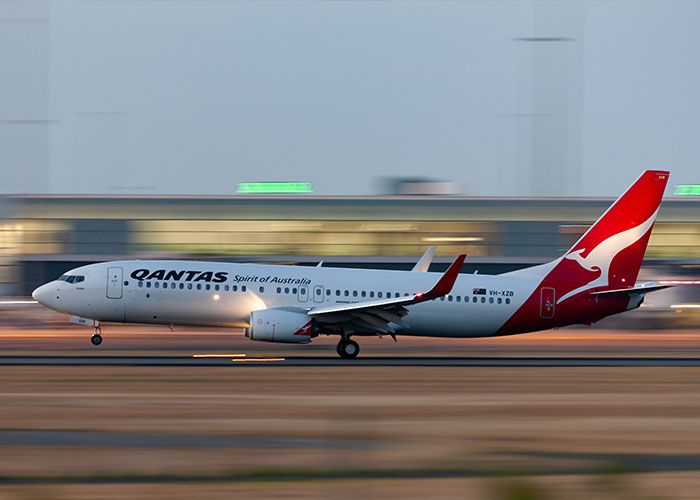Gordon Martin Pty Ltd v State Rail Authority of New South Wales & Anor [2009] NSWCA 297
Level crossing accidents attract a lot of media attention, usually because they involve serious injury and major damage. Litigation will often follow to recover damages for injury, property damage, loss of business profit or a combination of all these things.
The allegations by each side in the litigation are usually fairly predictable – the train driver and motorist will each blame the other for failing to stop. This case is a good example of the conflicting versions which courts must routinely resolve in level crossing accidents. It provides a million dollar incentive for drivers to stop at level crossings.
This case concerned a collision in 2001 between a truck and a train at a level crossing near Sydney. The truck company brought an action in negligence, seeking to recover the truck repair costs from the State Rail Authority (which owned and operated the train) and the Rail Infrastructure Corporation (the statutory owner of rail infrastructure, including level crossings).
The truck company alleged that:
- the train driver failed to brake in time to avoid a collision with the truck;
- the level crossing should not have been constructed on a curve in the first place; and
- given the curve, the speed limit for trains should have been reduced in that area.
The truck driver gave evidence that before entering the crossing, he stopped and checked for approaching trains. The trial judge rejected that version of events and found that:
- the train driver saw the truck well prior to the truck reaching the crossing and he sounded the horn for around 10 seconds to give the truck driver plenty of warning not to cross; and
- despite that warning, the truck driver failed to stop at the stop sign and proceeded through the crossing, at which time the train driver applied the brakes.
The truck company submitted that the train driver had no reasonable basis to assume that the truck would stop at the stop sign, that he should have realised that the truck was not going to stop and that he should have applied the brakes in time to avoid a collision. The truck company contended that the sounding of the train horn indicated the train driver’s clear understanding that the truck driver might not stop.
The train driver gave evidence that it was routine to blow the train’s horn when approaching any crossing – a long blast if there was traffic approaching, and otherwise, a short blast. In this case, about 11 to 12 seconds prior to the collision the train driver blasted the horn for around 10 seconds to give the truck driver plenty of warning.
The truck was travelling at about 15 kilometres per hour and could have been brought to a stop in around one second over five metres. At trial and on appeal, it was found to be reasonable for the train driver to assume up to a point close to the stop sign that the truck was going to stop.
The trial judge was satisfied that the train driver kept a vigilant and proper lookout, which was the reason he saw the truck at an early stage and blasted the horn. The train driver applied the brakes as soon as he saw that the truck driver had ignored the stop sign. The train driver was found not to have breached his duty of care by not applying the brakes earlier than he did.
The truck company argued that as a design issue, there was insufficient sighting distance at the curved crossing and so the train speed limit should have been reduced. It was held that the sighting distance requirements are based on drivers complying with the stop sign, and there was no causal link in this case. Had the truck driver stopped at the stop sign before entering the level crossing, a sight distance issue may have been relevant.
The train was found to have been travelling at an appropriate speed with a reasonable sighting distance, and the failure to reduce the train speed at the crossing was found to have no causative effect on the accident. The trucking company failed to establish its allegations of negligence, including those against the Rail Infrastructure Corporation for failing to close the crossing and redirect traffic to an alternative crossing.
The trial judge remarked that the otherwise safe history of the crossing in the previous eight years lent some support to the conclusion that had the truck driver stopped and looked, he would have been able to see the train approaching at a distance of about 400 metres and avoid an accident.
The truck company was ordered to pay the State Rail Authority $949,974 for repairs to the train, $25,437 for the costs of bussing passengers, plus interest, plus no doubt considerable legal and expert witness costs.




